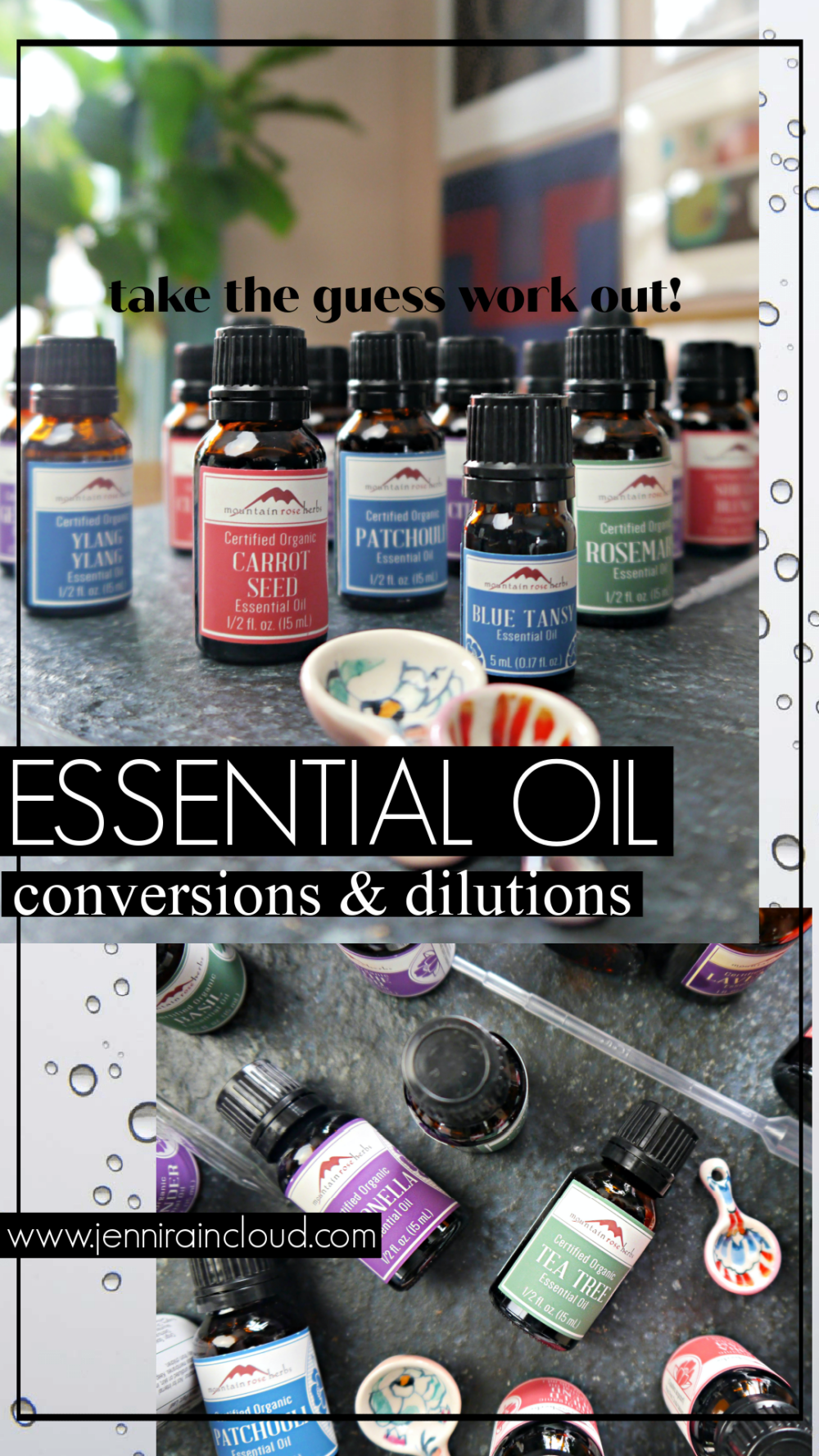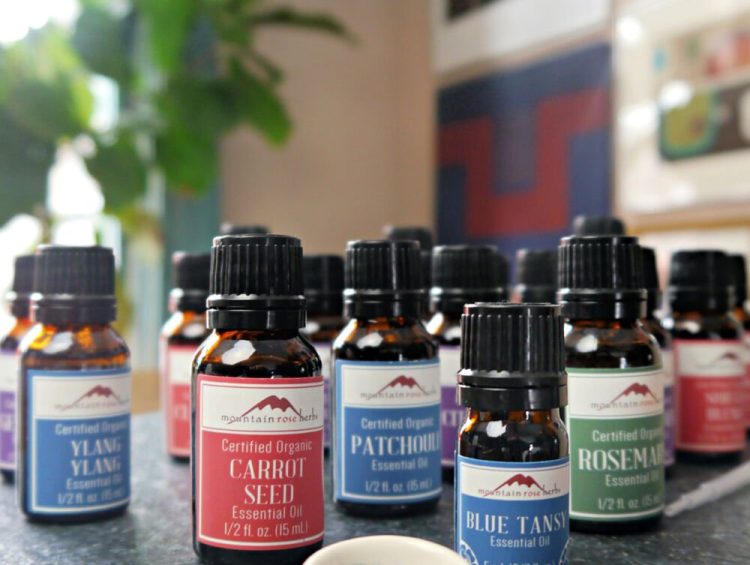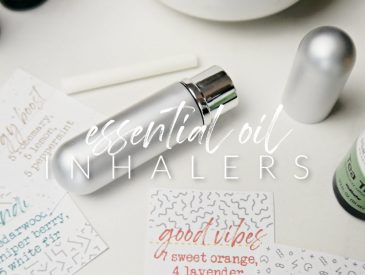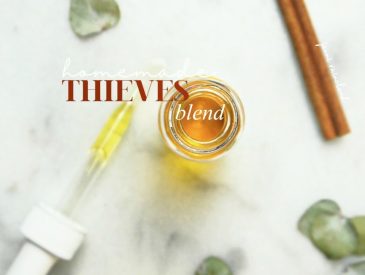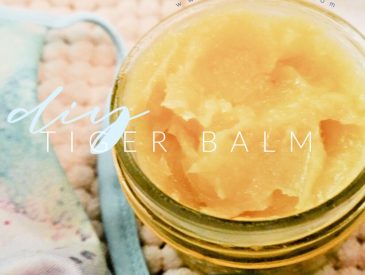Essential oils have become part of many of our everyday lives. Especially those of us who love to make our own beauty products. I know I’m not the only one that enjoys concocting recipes and am constantly looking in random places for different conversions and such. In this post, you’ll find essential oil drop conversions, an essential oil dilution chart and essential oil common conversions all in one place!

Essential oils are highly concentrated herbal extracts that require a decent amount of caution and knowledge when using them in DIY recipes, as natural remedies and for aromatherapy practices. Just one drop of an essential oil can be incredibly powerful which means we need to use the proper amounts that are safe for our bodies to process.
If you are new to essential oils, I have written a post covering every basic aspect of essential oils-what they are, how to use them, where to find the best essential oils and essential oil precautions. Also, if you’re looking for which oils are the most versatile and perfect for beginners, read my post on the Top 5 Most Useful Essential Oils.
Essential Oil Dilutions and Conversions:
I wanted to give you a place to find essential oil drop conversions as well as an essential oil dilution chart. Many times this is the information you need in a pinch so I hope you find these essential oil conversions helpful!
For one of the best essential oil conversion calculator I’ve found go HERE. You simply input how much essential oil you are working with then choose how you want it converted. I have bookmarked this calculator for sure!
Drop Conversions:
- 1 ml – 20 drops
- 3.75 ml – 75 drops
- 5 ml – 100 drops
- 7.5 ml – 150 drops
- 10 ml – 200 drops
- 15 ml – 300 drops
- 30 ml – 600 drops
- 1 dram – 74 drops
- 1/8 tsp. – 12.5 drops
- ¼ tsp. – 25 drops
- ½ tsp.– 50 drops
- ¾ tsp. – 75 drops
- 1 tsp. – 100 drops
- 1 TBSP. – 300 drops
- 1 ounce – 600 drops
- 2 ounces – 1200 drops
- 4 ounces – 2400 drops
- 6 ounces – 3600 drops
- 8 ounces – 4800 drops
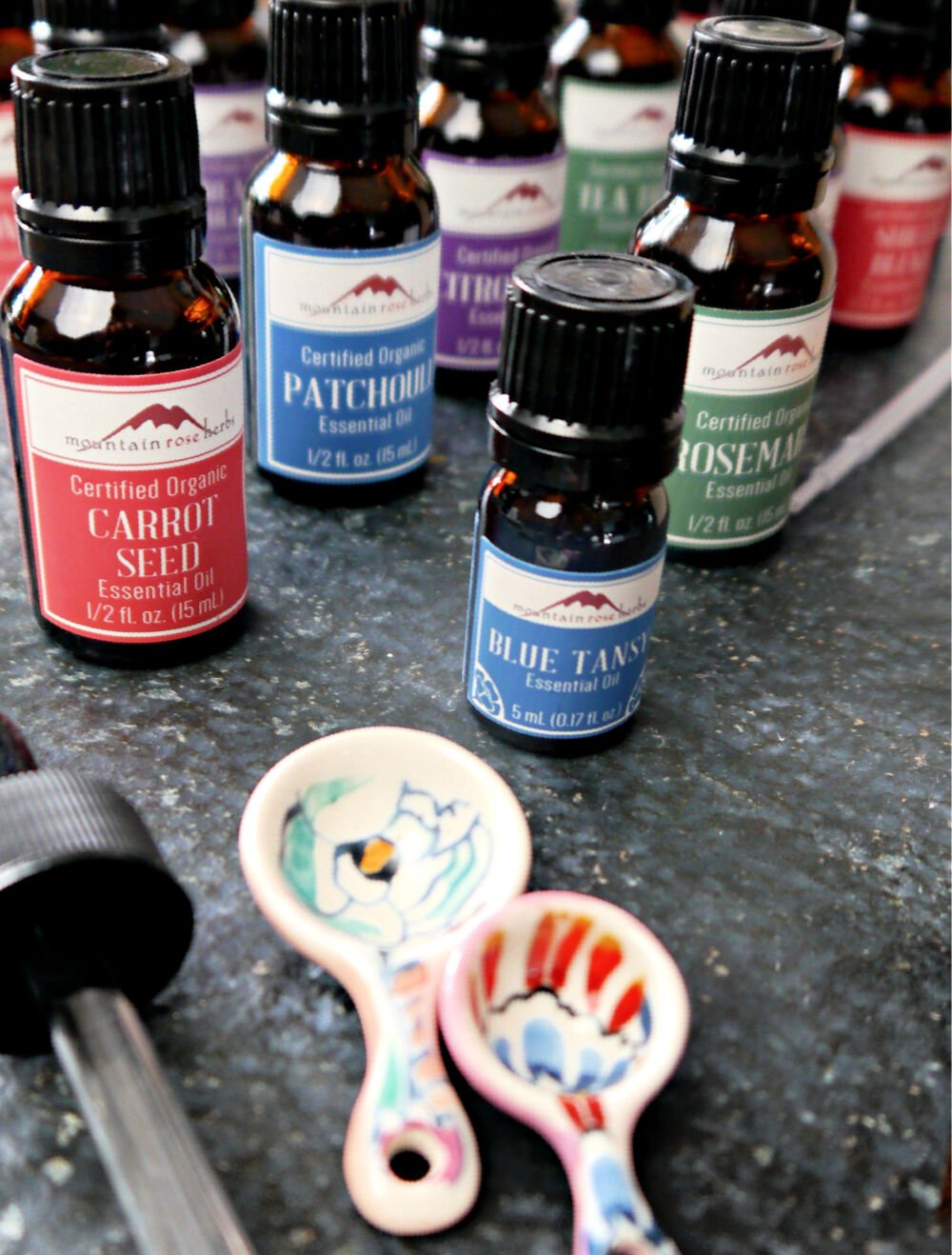
Essential Oil Dilution Chart:
In the past, I’ve been a bit foggy on proper dilutions. I often get asked how much essential oil can a baby take and what’s appropriate for an adult. I’ve dug a bit deeper and found answers.
Why Dilute Essential Oils?
Essential oils are incredibly potent and can cause serious reactions if not used properly. Also, when diluting an essential oil with a carrier oil such as coconut oil or sweet almond oil, you are able to ensure absorption to a larger area of the body.
Using an oil undiluted or “neat” (essential oil world ling0) is appropriate in certain instances like bug bites, acne, a cold sore, animal bites, ear infections and headaches. I personally keep “neat” applications exclusive to tea tree, lavender and frankincense.
For an excellent resource in essential oil safety, check out the National Association for Holistic Aromatherapy.
MORE ESSENTIAL OIL POSTS:
- 5 Essential Oils to Never be Without
- Essential Oils 101
- DIY Healing Salve (neosporin)
- Essential Oils for Allergies
- Skin Benefits of Geranium Essential Oil
- DIY Thieves Blend
- Essential Oils and Photosensitivity
- Essential Oils and Pregnancy
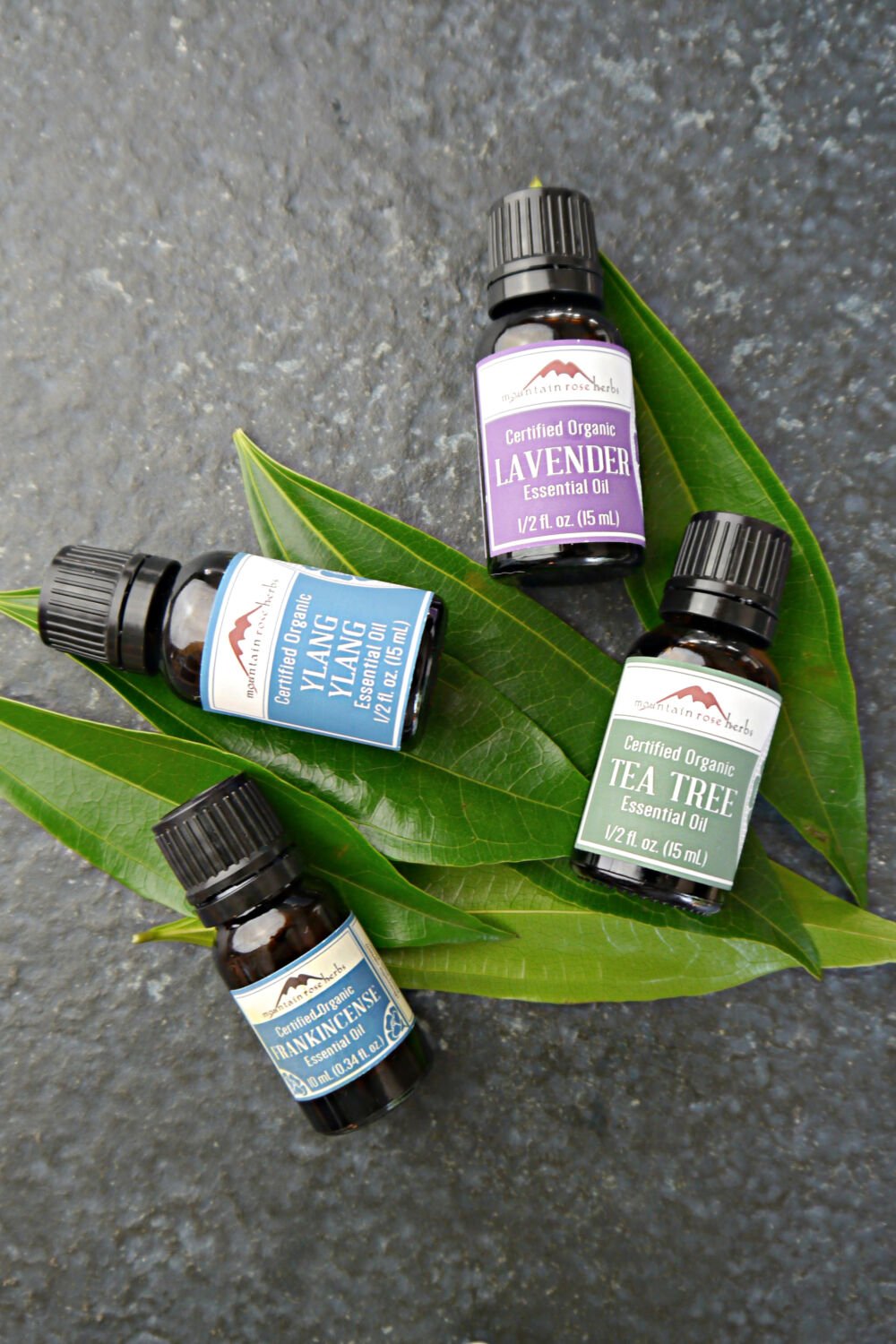
Essential Oil Dilutions by Age:
.25% dilution – For children 3 months-2 years.
- 1 drop per 4 tsp.
- 3 drops per 1/4 cup
- 6 drops per 1/2 cup.
1% dilution – For children 2-6 years of age as well as adults that feel they are sensitive such as pregnant or nursing women, but in most cases a dilution of up to 2.5% is safe.
1-1.5% dilution – For children 6-15 years of age.
2-2.5% dilution – For adults. This is common for body products and massage oils. For facial skin care, a 1% is better.
3 – 10% dilution – Used for support during certain kinds of injuries or acute illness.
25% dilution – For rare occasions to soothe muscle cramps/spasms, bruising, etc.
If you’re pregnant be sure to read my post on Pregnancy and Essential Oils for a list of safe and not safe essential oils for pregnancy.
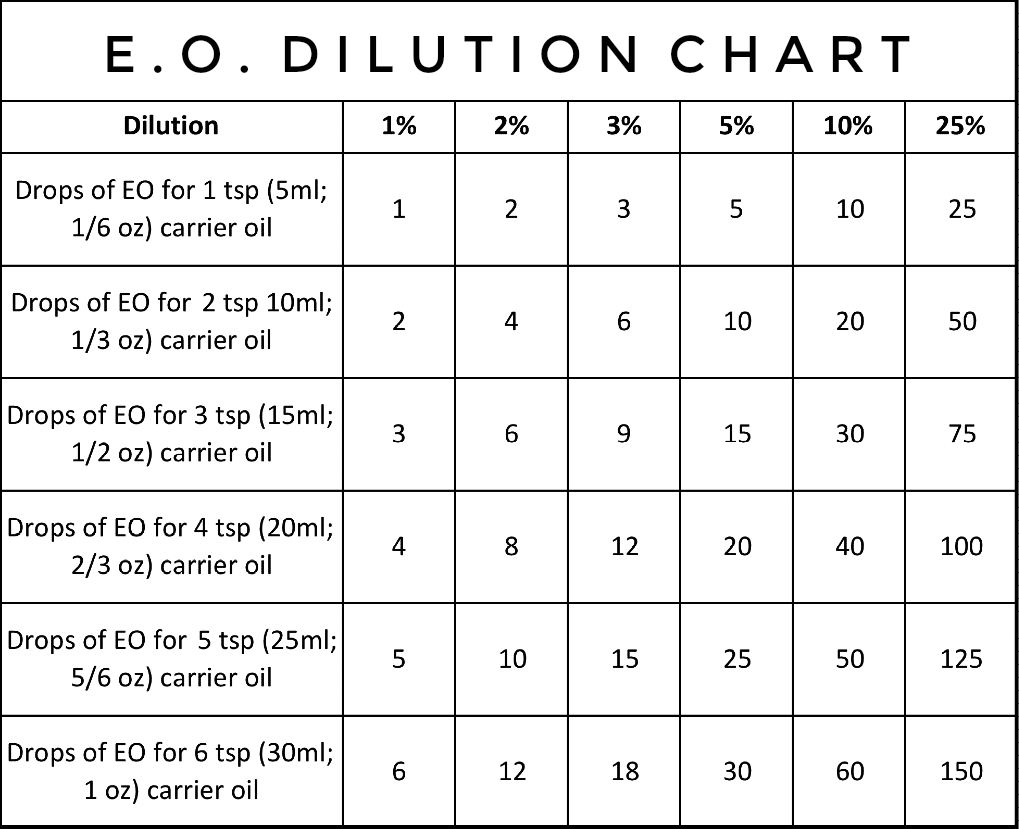
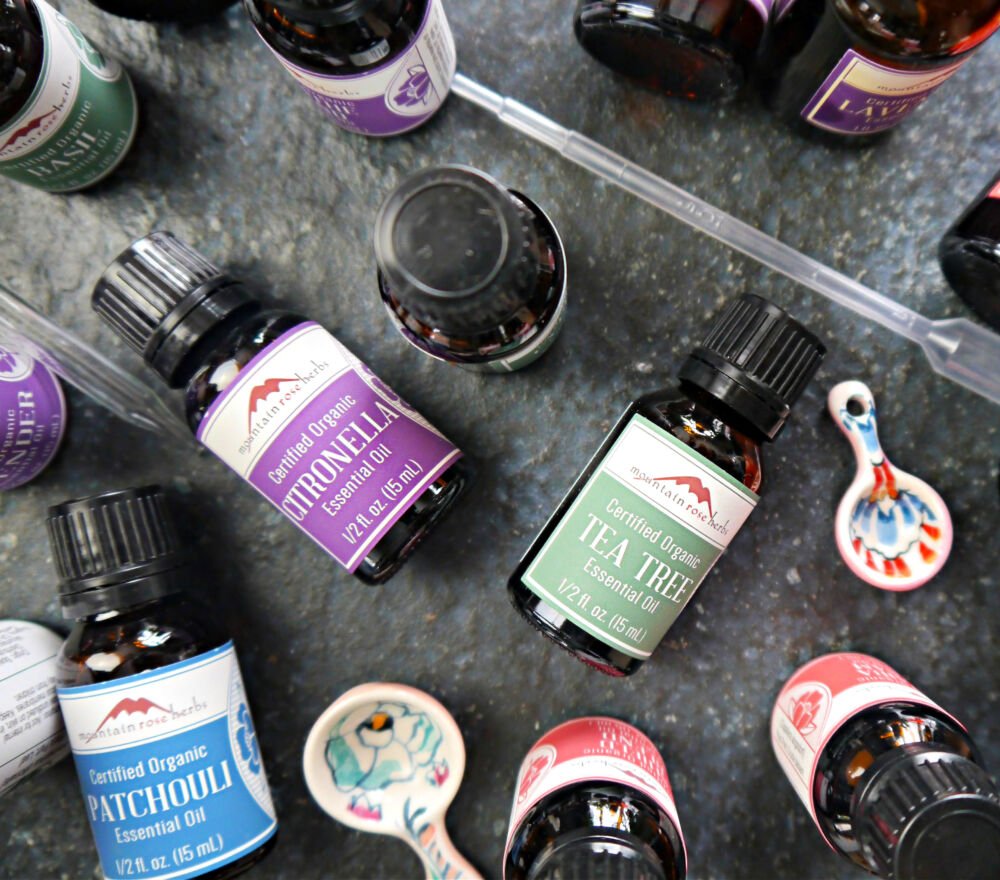 This informations is not only helpful for essential oils, it also works for ingredients like-hyaluronic acid, coQ10, hilurlip, Wrinkle Defense, green tea extract etc.
This informations is not only helpful for essential oils, it also works for ingredients like-hyaluronic acid, coQ10, hilurlip, Wrinkle Defense, green tea extract etc.
The above chart is so helpful because most of these special ingredients only make up 1-5% of the total recipe. Therefore, if we’re making a 1 oz. serum with 5% Wrinkle Defense Complex, we would use a little over 1/4 teaspoon. I can’t tell you how many times I’ve formulated a serum or facial oil with an additive and had to check over and over to make sure I had the percentage right. It can get so confusing!
Common Essential Oil Conversions At A Glance:
- 1/4 cup=4 tbsp.
- 1/4 cup=2 ounces
- 1 ounce=2 tbsp.
- 1 ounce=6 tsp.
- 1 ounce=30 ml
- 30 ml=600 drops
- 15 ml=.5 ounce
- 1 tsp.=100 drops
- 1 tbsp.=3 tsp.
- 1 dram=1/8 ounce
- 1 dram=3.7 ml
- 1/8 tsp. 12.5 drops
- 1% of 1/4 cup=1/8 tsp.
- 1% of 1/2 cup=1/4 tsp.
- 3% of 1 ounce=heaping 1/8 tsp.=18 drops
- 5% of 1 ounce=heaping=30 drops
Where to Find High Quality Essential Oils:
Mountain Rose Herbs is where I prefer to get most of my DIY beauty ingredients and am very satisfied with their essential oils. They are organic and fair trade certified, which most essential oil companies can not claim. They also have a certified in-house aromatherapist to analyze their essential oils to ensure consistent quality.
I’m also loving Plant Therapy. They also have organic oils, free shipping and very affordable pricing.
I hope this is a helpful post!
Happy formulating! Jenni
PIN IT!!!
